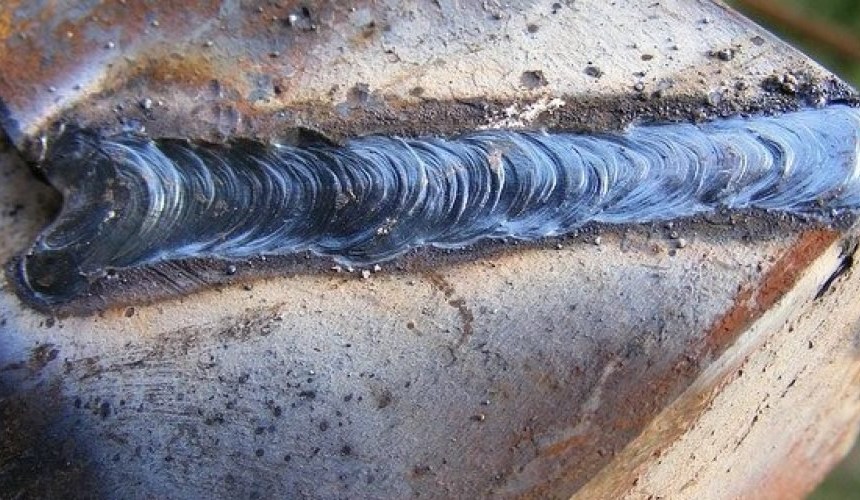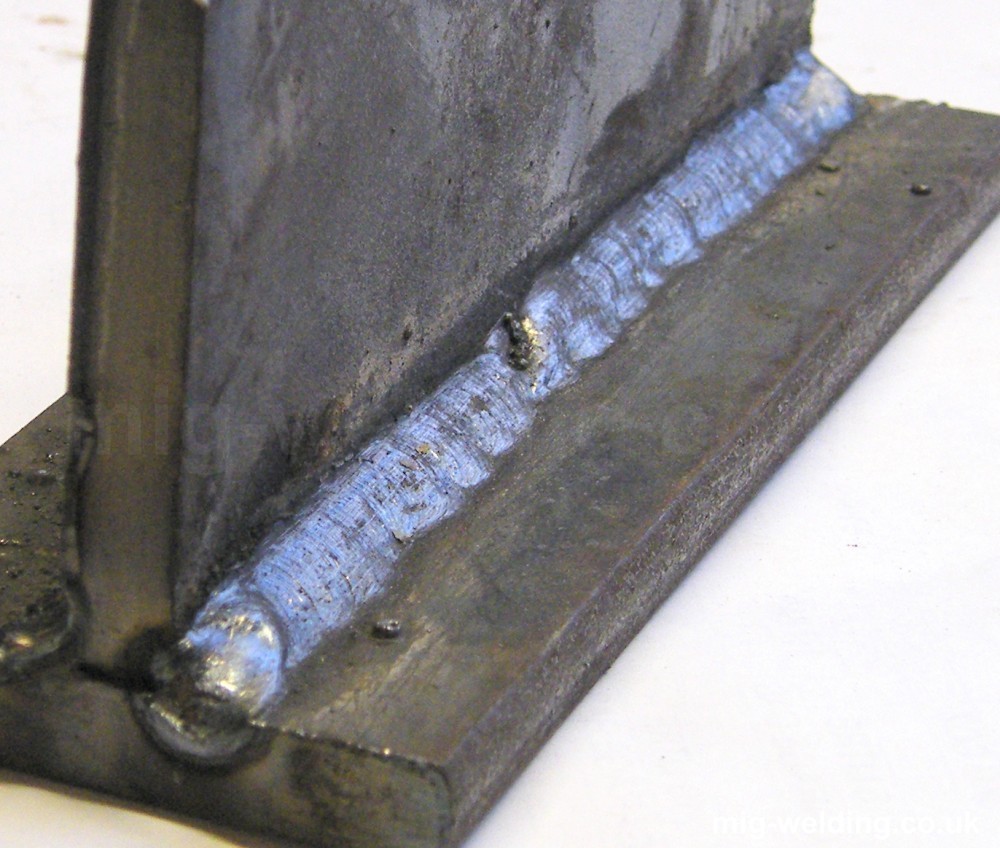A Comprehensive Overview to Identifying, Fighting, and Fixing Undercut Welding Issues in Your Welding Projects
In the world of welding, coming across undercut issues is a typical difficulty that can compromise the architectural stability and overall high quality of your welding projects. Understanding the source behind undercut welding, having the ability to precisely find it in your welds, and implementing efficient preventative procedures are crucial abilities for any type of welder. Additionally, having the expertise and methods to fix undercut issues when they do take place can make a considerable difference in the last outcome of your welding ventures. Keep tuned as we explore the essential elements of determining, avoiding, and dealing with undercut welding problems, offering you with beneficial insights and methods to boost your welding skills to the next degree.
Common Causes of Undercut Welding
Undercut welding, a common concern in welding procedures, can be created by different factors that require to be thoroughly recognized and dealt with to ensure the stability of the weld joint. One of the primary reasons of undercut welding is excessive heat input.
An additional typical reason for undercut welding is inappropriate welding strategy. Insufficient manipulation of the welding lantern or gun, wrong angle or distance in between the workpiece and the lantern, or irregular traveling speed can all add to the development of undercut. Furthermore, using the incorrect welding consumables or electrode size for a specific joint configuration can bring about undercut issues. Determining these source and executing corrective procedures is essential in protecting against and correcting undercut welding troubles in welding jobs.
Identifying Undercut in Welds

To recognize undercut precisely, correct lighting and magnification tools are necessary to evaluate the weld joint extensively. Making use of tools such as a welding gauge or a magnifying glass can assist in finding also the tiniest undercut blemishes. In addition, running a finger or a finger nail along the weld joint can occasionally reveal undercut, as the surface may feel irregular or have a dip where the undercut exists.
Preventative Actions for Undercut
Having a deep understanding of the sources of undercut in welds enables the application of efficient precautionary actions to keep weld top quality and honesty. One crucial safety net is correct weld joint prep work. Making sure that the sides are tidy, devoid of impurities, and appropriately beveled can considerably decrease the likelihood of undercut (Preventing weld undercut). In addition, selecting the appropriate welding criteria, such as voltage, present, and travel speed, is vital. These settings should be maximized to avoid too much warm input, which can result in damage formation.
Methods for Repairing Undercut

To attend to undercut concerns properly, welders can use particular strategies aimed at fixing the defect and bring back the stability of the weld joint. One method is to readjust the welding parameters, such as the voltage, current, and travel rate, to make sure correct warmth input and blend. Raising the welding current or minimizing the traveling rate can assist complete the undercut. Additionally, changing the welding technique from a press to a drag or the other way around can also help minimize undercut.
An additional strategy is to utilize a weaving movement while welding to make sure correct sidewall fusion and fill in the undercut. By oscillating the welding arc back and forth within the weld joint, the welder can transfer more filler product into the undercut areas, successfully getting rid of the flaw.
Moreover, grinding out the undercut and rewelding the joint can be a sensible solution for more serious undercut issues - Preventing weld undercut. This process includes removing the undercut section, preparing the base steel, and after that rewelding the joint with appropriate welding specifications and strategies to avoid undercut from returning

Specialist Tips for Avoiding Undercut
Utilizing proper welding methods and keeping control over crucial welding parameters are crucial methods for welders aiming to avoid undercut in their weld joints. One professional idea for preventing undercut is to ensure appropriate joint prep work. This includes cleaning the base metal completely to get rid of any contaminants that could lead to damage development. Furthermore, picking the suitable welding process and filler metal for the particular application can help protect against undercut. Welders ought to also pay attention to the welding current and voltage settings, guaranteeing they are within the advised range to prevent getting too hot and potential undercut. Preserving a constant travel rate during the welding process is another essential tip to protect against undercut. By relocating at a consistent rate, welders can make certain correct blend and lower the likelihood of undercut formation. Lastly, checking the weld bead after completion can help determine any kind of indications of undercut beforehand, permitting for prompt corrective activity to be taken.
Final Thought
To conclude, identifying, stopping, and dealing with undercut welding problems in your welding jobs is important for guaranteeing long lasting and solid welds. Preventing weld undercut. By recognizing the typical sources of undercut, having the ability to determine it in welds, implementing safety nets, and utilizing proper strategies for taking care of undercut, you can avoid prospective issues and develop high-grade welds. Adhering to specialist ideas for avoiding undercut can aid you boost your welding abilities and generate far better More Help cause your projects
Undercut welding, a common issue in welding processes, can be created by numerous aspects that need to be thoroughly determined and dealt with to make certain the honesty of the weld joint. In addition, running a finger or a fingernail along the weld joint can often reveal undercut, as the surface may really feel unequal or have a dip where the undercut exists.
Utilizing proper welding methods and keeping control over vital welding criteria are crucial techniques for welders intending to stop undercut in their weld joints.In verdict, recognizing, avoiding, and taking care of undercut welding problems in your welding jobs is essential for making sure solid and long lasting welds. By recognizing the typical causes of undercut, being able to determine it in welds, executing precautionary procedures, and using appropriate methods for dealing with undercut, you can avoid prospective issues and create premium welds.